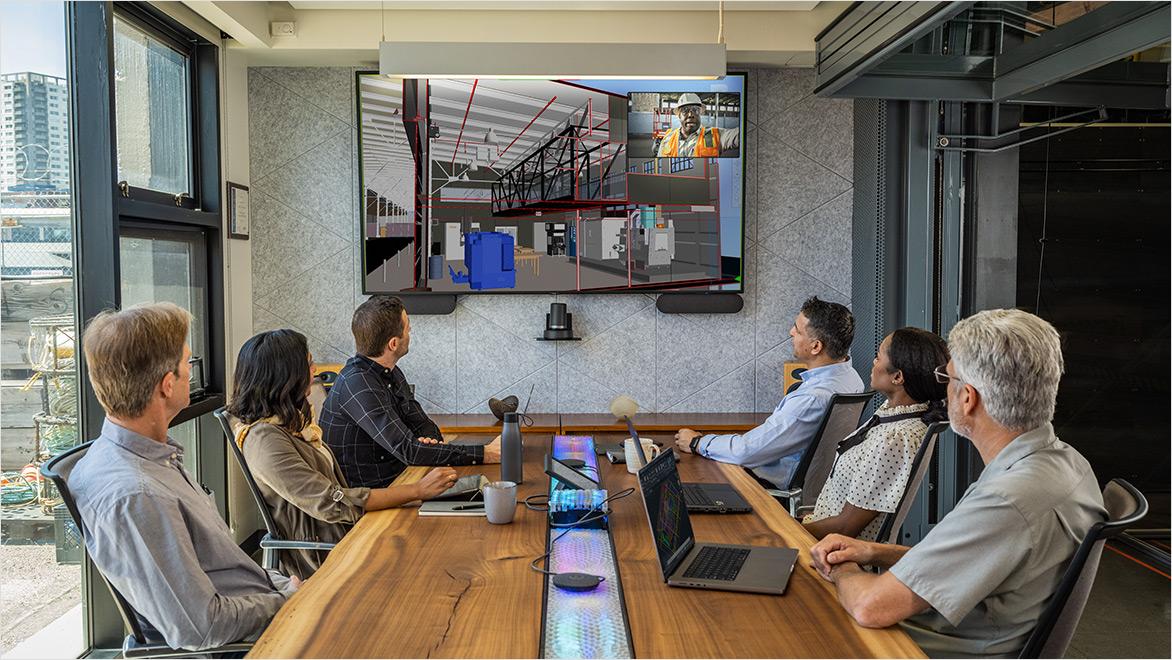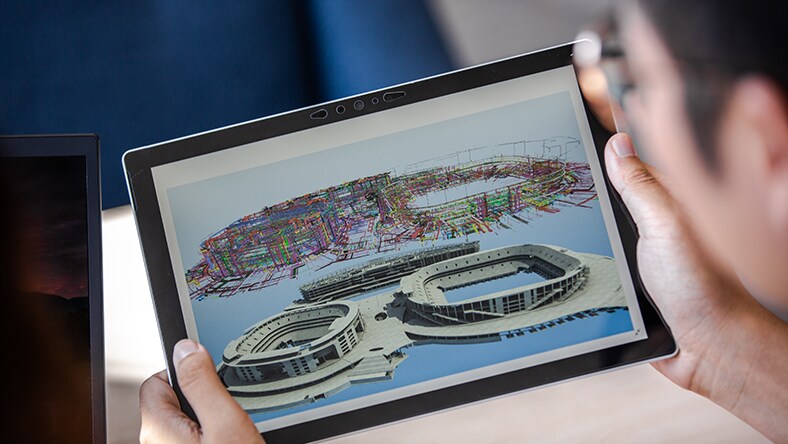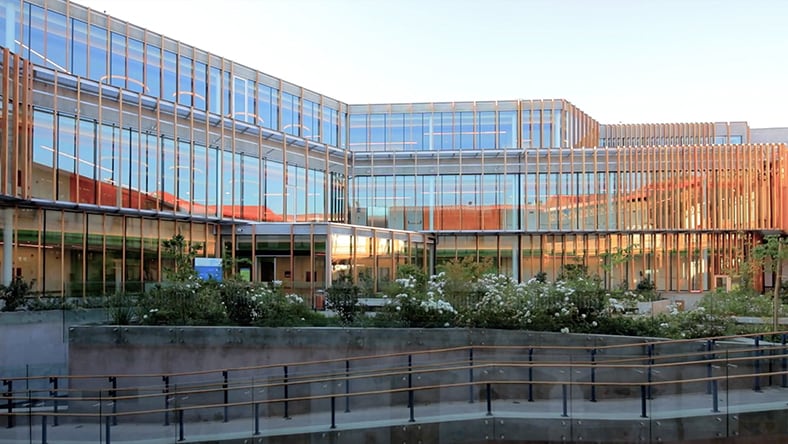& Construction

Integrated BIM tools, including Revit, AutoCAD, and Civil 3D
& Manufacturing

Professional CAD/CAM tools built on Inventor and AutoCAD
A public-private partnership (PPP or P3) is a project funding model that involves collaboration between a government agency and private firms to develop and/or maintain resource-intensive infrastructure projects.
To understand why governments often opt for PPPs, here are some of the scenarios where PPPs are the best course of action:
In practice, there’s no set rule, and the structure of a public-private partnership is determined on an ad hoc basis. The private partner can be engaged to manage any part of the project lifecycle, including funding, construction, operation, maintenance, divestiture, or a combination.
Here are a few examples of how PPP projects can be modeled, especially how they’re financed:
Private partners design, build, and operate the public project, while the public partner retains ownership and handles the project financing.
This is similar to a DBO, but the private partner also has a contract to maintain the construction, usually for a period of 20-30 years.
Private partners design, construct, and handle short-term financing of the work. Meanwhile, the public partner takes charge of the long-term operations and maintenance.
Here, the private partner takes on the project’s lifecycle for a certain time, including maintenance for usually 20-30 years, which is paid for through some kind of user free or government payment.
This PPP is similar to a DBFOM, except that the public partner takes on the operations for the infrastructure.
Public-private projects are often one-of-a-kind megaprojects that require intensive investment and lots of original research. That novelty factor usually comes with unforeseen obstacles that, in return, extend the project longer than intended.
Or, as megaproject consultant Bent Flyvbjerg writes in his book How Big Things Get Done, you can think of the duration of a project as an open window, and “the longer the duration, the [wider] the window, and the more the opportunity for something to crash through and cause trouble, including a big, bad black swan.”
The “black swans” in a PPP are low-probability, high-consequence events—unforeseen issues that can disrupt projects like natural disasters, recessions, pandemics, market volatility, or regulatory changes. Since traditional PPP projects can be massive and complex, there’s an increased risk of such projects encountering problems that increase costs or delay completion.
Cloud-based design collaboration and coordination software for architecture, engineering, and construction teams to review designs, run automatic clash detection, and track project status.
Plan, design, construct, and manage buildings with powerful tools for Building Information Modeling.
Powerful BIM and CAD tools for designers, engineers, and contractors, including Revit, AutoCAD, Civil 3D, Autodesk Forma, and more
PHOENIX MOUNTAIN SPORTS PARK
Learn how China Construction Eighth Engineering Division used Autodesk’s building information modeling (BIM) features to create detailed 3D blueprints, coordinate public and private partners, and use sustainable design throughout the construction lifecycle of the Phoenix Mountain Sports Park in Chengdu.
MUSEO DO IPIRANGA
Autodesk collaborated with Brazil’s Museu do Ipiranga and global imaging firm Faro, employing laser scanning and software tools to create a comprehensive 3D model of the historical landmark and the surrounding park grounds.
MATTA SUR COMMUNITY CENTER
Spanish design consultancy luis vidal + architects used the Autodesk Revit design suite to transform an abandoned 19th-century school building and its surrounding plot on behalf of the municipal government of Santiago, Chile. The resulting Matta Sur Community Center is a 26,750-square-foot facility that includes a healthcare center, community kitchens, a nursery school, a gym, and an auditorium.
A snapshot of how governments can partner with private firms to build resilient infrastructure, align economies with zero-carbon commitments, and import technical expertise to be more adaptable facing climate change and other crises.
P3 investments—at local, state, and federal levels—might be the missing link to bridge the US industrial water shortage.
Programs like the Federal Communication Commission’s Affordable Connectivity Program are examples of P3s combining the power of private capital and government oversight to bridge the country’s digital divide.
The are many different public-private partnership (PPP) models, but these major PPP types indicate how much of the building or infrastructure project’s lifecycle the private-sector partner will handle: designing, constructing, financing, operating, and maintaining. In the cases where the private sector is responsible for maintenance, it is usually contracted for a period of 20-30 years.
Public-private partnerships are most often used for resource-intensive infrastructure projects like transit (MRTs, high-speed rail, airports, seaports, toll roads); civic development (parks, urban renewal); and affordable housing.
PPPs create an avenue for massive infrastructure projects to be funded with private capital and to be better-maintained long-term. To achieve that, PPPs focus on collaboration and sharing risk for project outcomes.
Outsourced projects are contracted to a third party to reduce spending on non-core activities. In contrast, the PPP model commits government agencies and private investors to share responsibility throughout the execution process.




